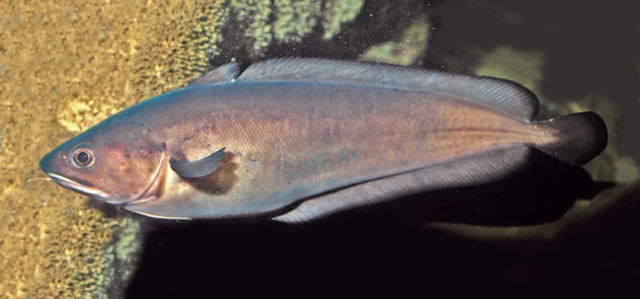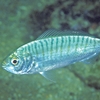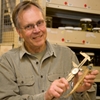General Description
Body robust, tapering gradually; head broad, chin with prominent barbel; first dorsal fin short-based, second dorsal fin and anal fin long-based. Greyish to brown, without distinct pale edges to fins. To 64 cm.
Biology
This species is active at night and often hides in caves during the day.
Habitat
Rocky reefs in bays and coastal waters, in depths of 1-275 m.
Reefs
Distribution guide
Southern Australia.
Species Group
Depth
Shallow (1-30 m)
Deep ( > 30 m)
Water Column
Max Size
64 cm
Diet
Carnivore
Commercial Species
No
Global Dispersal
Native to Australia
Conservation Status
- DSE Advisory List : Not listed
- EPBC Act 1999 : Not listed
- IUCN Red List : Not listed





